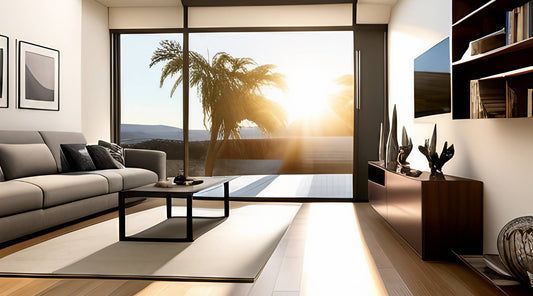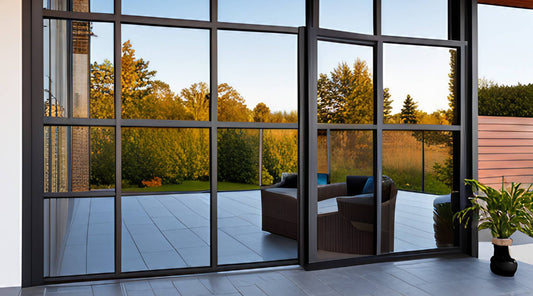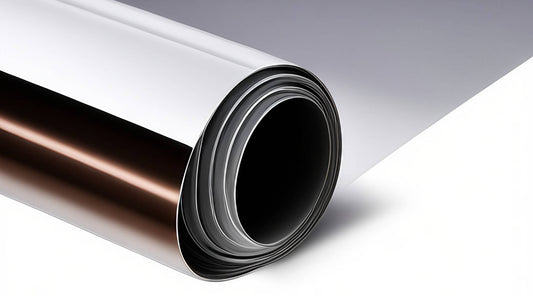Ever wish you could look out your window without everyone outside seeing in? Whether it’s a neighbour who waves too much or just wanting more privacy during yoga, the idea of seeing out but not in sounds perfect. That’s exactly what certain window films, blinds, and clever tools can help with. These products let you enjoy the view and sunshine without making your home feel like a fishbowl. But how do they work? Are they good at night too? And which one’s right for you? I’ll explain how they work, what your options are, and share some real-life stories to help you choose the best one for your home.
What Does "See Out But Not In" Actually Mean?
The phrase "see out but not in" is about one-way visibility. It means people outside can’t see into your space, but you can still see out. Sounds simple, but it depends on light.
How It Works
One-way films reflect light. During the day, light is stronger outside than inside. So, the film works like a mirror from the outside. People walking by just see their own reflection. But from the inside, you see through the glass clearly. It’s the same effect you see on glass office buildings—shiny outside, clear inside.
What Changes at Night?
At night, the light flips. If your indoor lights are on and it’s dark outside, the film’s effect stops working. Now people outside can see in. That’s something most people don’t know when they first try these films.
Real Uses
People use privacy films for front windows, ground-floor condos, and even retail shops. One client of ours—who ran a yoga studio—had to stop classes in the afternoons because passersby kept waving or staring. After installing mirrored film, the change was instant. The class could continue in peace, and people walking by just saw their own reflection.
If you want privacy during the day without losing natural light, this is a great solution. Just remember: it’s not perfect at night. You’ll need curtains or blinds for full privacy after dark.
Final Thoughts: Privacy That Lets the Light In
So, can you really see out but not in? Yes—but only under the right lighting. Some films work great during the day, but don’t block views at night. Others, like blackout or frosted films, give full privacy all the time—but you won’t see out.
Here’s a quick recap:
- One-way window films work best during the day.
- Frosted or blackout films offer full privacy but no view.
- Layered options (film plus curtains or blinds) give you more control.
- Lighting makes a big difference in how well these products work.
- Professional installation helps make the film last longer and look cleaner.
Frequently Asked Questions
1. Can people see through privacy window film at night?
Yes, if your indoor lights are on and it's dark outside, most privacy films lose their one-way effect and people can see inside.
2. What is the best window film to see out but not in?
Reflective one-way mirror films work best during the day, as they block views from the outside while keeping your view clear.
3. Does privacy film block sunlight completely?
No, most privacy films reduce glare and block UV rays but still allow natural light to pass through unless they are blackout or whiteout films.
4. Can you install privacy window film yourself?
Yes, DIY is possible, but professional installation ensures a smoother finish, better fit, and longer-lasting results.
5. Is there a window film that works at night for privacy?
Frosted, blackout, and whiteout films offer 24/7 privacy, but you won’t be able to see outside with them.




